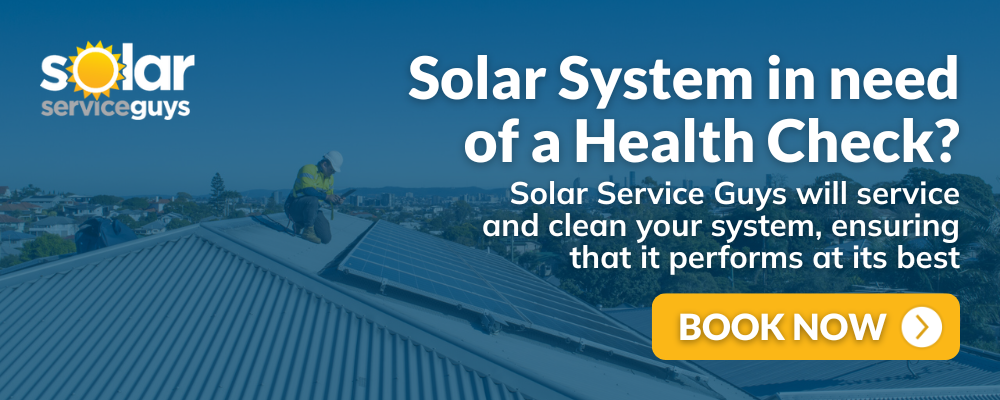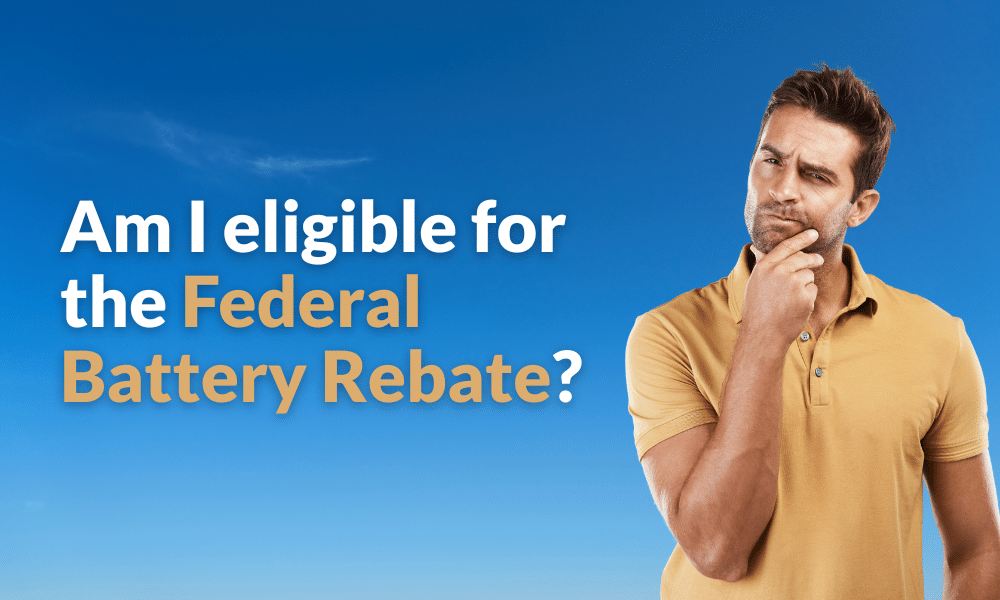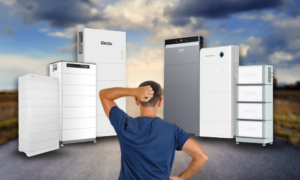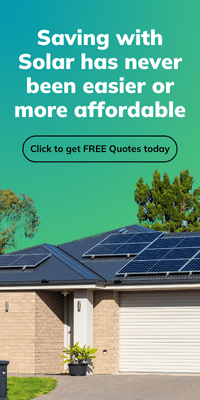From 1 July 2025, the Albanese Government will roll out the Cheaper Home Batteries program — a long-awaited federal battery rebate. Backed by $2.3 billion, the scheme aims to support over a million Australian homes and businesses to install solar-connected batteries.
If you’re eyeing energy independence or just want to slash your bills, you might be wondering: Can I get the rebate? Here’s a deep dive into the eligibility rules.
What is the federal battery rebate?
Under the Cheaper Home Batteries program, eligible homes and small businesses can receive up to 30% off the cost of a battery system. That’s around $3,700 off a standard 10 kWh battery. The battery must:
- Be between 5 kWh and 50 kWh usable capacity
- Be installed by a Solar Accreditation Australia (SAA) accredited installer
- Be connected to a rooftop solar system (new or existing)
- Be turned on or commissioned on or after 1 July 2025
- Be VPP (Virtual Power Plant) ready
Installations completed from April 2025 may be eligible if not switched on before 1 July.
Can I get the rebate for replacing an existing battery?
At this stage, there’s no clear prohibition on replacing an old battery with a new one. What matters is whether the system meets all eligibility criteria and the property has not yet received the federal rebate.
So, if you’re upgrading an outdated or underperforming battery, you may be eligible, provided:
- The new battery is solar-connected and installed by a SAA-accredited installer
- It’s the first time this property has claimed the rebate
If you’ve already had a battery installed earlier (without federal support), that won’t disqualify you, so long as this is your first claim under the new scheme.
Can I get the rebate if I don’t have solar panels?
No, you need solar to access the rebate.
The federal program only supports batteries that are paired with solar panels. If you don’t already have a PV system, you’ll need to install one at the same time as your battery to qualify.
This aligns with the program’s goal of maximising renewable energy storage and reducing reliance on the grid.
Can I get the rebate if I’m adding a battery to an existing battery?
This depends on how the system is designed.
You’ll only be eligible if the property has not previously received the Cheaper Home Batteries rebate. The scheme allows one rebate per eligible property.
So, if you’ve previously installed a battery without federal support and are now looking to add a second unit, you could be eligible — but only for the new battery, and only if this is the first federal claim at that address.
Systems that expand an existing setup can be supported, provided they meet the program’s technical rules.
Can I get the rebate more than once?
Not on the same property.
The Cheaper Home Batteries program is one rebate per address. That means you can’t apply for multiple battery rebates for the same property, even if you install batteries at different times.
However, if you own multiple properties, each one could qualify separately, provided it meets all the eligibility rules.
Can I get the rebate if I’ve already received a state or federal rebate or incentive?
Yes. The federal rebate is designed to stack with existing state programs.
So, if you’ve already claimed:
- A Solar Victoria battery loan,
- NSW’s Peak Demand Reduction Scheme incentives, or
- WA’s community battery programs,
…you can still claim the federal rebate, as long as the system qualifies and the federal claim is made from 1 July 2025 onwards.
The Government has confirmed that this new program won’t cancel out other rebates.
Is the rebate means-tested?
No, the Cheaper Home Batteries rebate is not means-tested.
That means anyone, regardless of income, can apply — whether you’re a high-income earner or on a pension. As long as the installation meets the criteria, you’re eligible for up to a 30% discount.
Can I get the rebate if I’m renting?
If you’re a tenant, the rebate isn’t available to you directly. It’s tied to the property owner.
However, if your landlord agrees to install a battery on the property (and meets the solar connection and installer requirements), they can claim the rebate. This could be a great incentive for landlords to improve energy performance, especially as renters increasingly value sustainable homes.
So while renters can’t apply themselves, they may benefit from the upgrade if a landlord takes the lead.
What about state battery rebates?
Several states already offer battery support:
- Victoria: Interest-free loans of up to $8,800 for eligible homes via the Solar Homes program
- NSW: Battery incentives through the Peak Demand Reduction Scheme (via approved suppliers)
- SA: Limited programs through virtual power plant (VPP) partnerships
- WA: Access to community batteries in selected areas
In most cases, the federal rebate can be claimed on top of these, offering even greater savings. It must be noted that the ability to ‘stack’ or ‘double-dip’ on rebates and incentives will come down to the state program’s criteria. For example, the New South Wales PDRS currently restricts stacking where Renewable Energy Certificates (RECs) are involved. As STCs are RECs, this would presently prohibit the stacking of both. However, this could change, so please stay tuned. In addition, the PDRS also limits the rebate to systems 2 – 28kWh in size. This conflicts with the Cheaper Home Batteries program of 5 – 50kWh. More information about stacking will be made available closer to 1 July.
In summary
The federal battery rebate is a game-changer, offering thousands in upfront savings from July 2025. But like all good things, it comes with fine print.
- You’ll need solar
- You must use an approved installer
- You can only claim once per property
If you’re thinking about storage, now’s the time to plan. Speak with a SAA-accredited installer who knows the ins and outs of both federal and state programs, and make the most of what’s on offer.
Energy Matters is here to help! We can connect you with up to 3 local installers who can provide you with FREE and no-obligation quotes. Click the button below and get started today.
















































